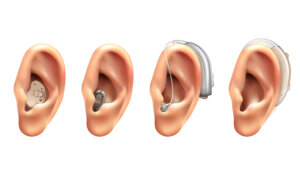
Typhoid fever is a life-threatening infection caused by the bacterium Salmonella Typhi.
It is usually spread through contaminated food or water.
Symptoms of Typhoid Fever

Symptoms include prolonged fever, fatigue, headache, nausea, abdominal pain, and constipation or diarrhoea. Some patients may have a rash. Severe cases may lead to serious complications or even death.
Typhoid fever can be treated with antibiotics although increasing resistance to different types of antibiotics is making treatment more complicated.
Even when the symptoms go away, people may still be carrying typhoid bacteria, meaning they can spread it to others through their faeces.
An estimated 11–20 million people get sick from typhoid and between 128,000 and 161,000 people die from it every year. Poor communities and vulnerable groups including children are at highest risk.
Causes of Typhoid Fever
Faecal-oral transmission route
The bacteria that cause typhoid fever spread through contaminated food or water and occasionally through direct contact with someone who is infected. In developing nations, where typhoid fever is established (endemic), most cases result from contaminated drinking water and poor sanitation.

The majority of people in industrialized countries pick up typhoid bacteria while traveling and spread it to others through the faecal-oral route.
This means that Salmonella typhi is passed in the faeces and sometimes in the urine of infected people. You can contract the infection if you eat food handled by someone with typhoid fever who hasn’t washed carefully after using the toilet. You can also become infected by drinking water contaminated with the bacteria.
Typhoid carriers

Even after treatment with antibiotics, a small number of people who recover from typhoid fever continue to harbour the bacteria in their intestinal tracts or gallbladders, often for years. These people, called chronic carriers, shed the bacteria in their feces and are capable of infecting others, although they no longer have signs or symptoms of the disease themselves.
How can I protect myself from typhoid fever?

Typhoid fever is common in places with poor sanitation and a lack of safe drinking water. Access to safe water and adequate sanitation, health education, appropriate hygiene among food handlers, and typhoid vaccination are all effective strategies for prevention and control of typhoid.
NOTE: typhoid vaccine is not 100% effective and is not a substitute for being careful about what you eat or drink










